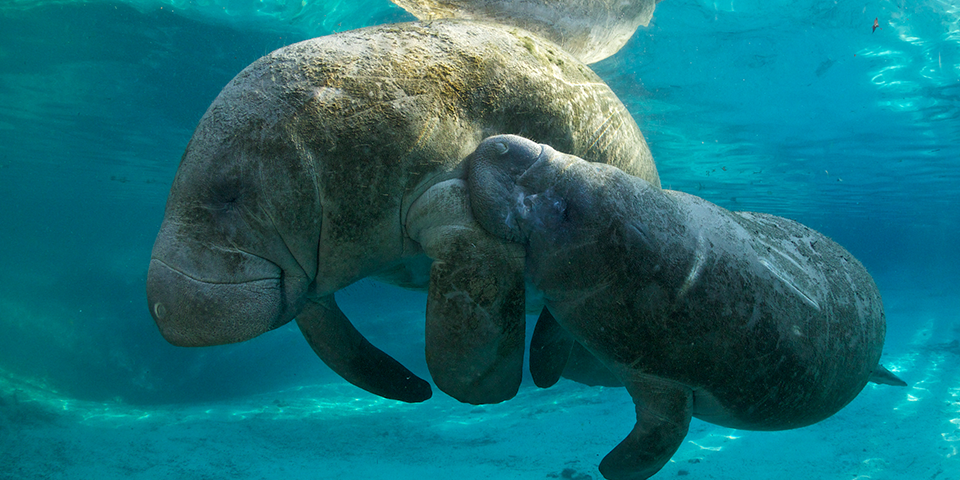
More manatees already have died in Florida in 2021 than any other year records were kept. And there’s still almost a quarter of the calendar year left to go. Can this lethal trend be reversed?
Gil McRae, director of Florida’s Fish and Wildlife Research Institute warns it could take some time, and the state could lose more sea cows while officials work on the problem.
“It’s important to know this is a long-term goal,” he told lawmakers on the House Agriculture & Natural Resources Appropriations Subcommittee Wednesday.
In a six-month period from December to May, a stunning 667 manatees died in the worst series of fatalities ever recorded. On average, the state had recorded 156 deaths during that six-month stretch each year. At this point, manatee deaths are nearing 1,000 for the year 2021 calendar year.
That’s gone up and down, exacerbated at times by major red tide events or severe cold seasons. But those phenomena remain irregular. This deadly season, McRae noted, seems the result of poor water quality and loss of seagrass acreage, a more chronic problem that could take years to rectify.
About 40% of the lost creatures were adult manatees. That creates its own challenge. Manatees are large mammals who reproduce slowly, typically birthing one calf every couple years at the peak of their fertility. That means the loss of an adult population hampers breeding significantly.
And since state officials estimate fewer than 4,000 manatees live along the Atlantic Coast, the year brought the deaths of an enormous percentage of the population. That six-month death tally represents roughly 17% of the entire manatee population in Florida.
Also of note, since manatees are particularly sensitive to cold weather, the Florida manatee population in the winter pretty much represents the manatee population of the entire U.S.
Rep. James Buchanan, a Venice Republican, pressed officials on how long it takes to restore seagrass. But McRae said that’s something that could take several seasons and heavy investment by the state.
The Legislature this fiscal year budgeted $8 million to restore manatee access to springs and provide habitat restoration in areas with high concentrations of the animal.
In Buchanan’s district, there’s a $3.5 million project to remove excessive sediments and improve access to Warm Mineral Springs, one of the top congregating sites for manatees during cold seasons. Similarly, the state plans to spend $500,000 in Blue Springs in Central Florida because it’s a hospitable space for the sea cows.
There are also heavy investments in rehabilitation of areas like Indian River Lagoon. The east coast habitat was the site of a disproportionate number of manatee deaths. There, state officials plan to spend $300,000 to restore seagrass beds and $3.3 million to farm oyster and clam populations to clean up the habitat. There also is $1.1 million earmarked for Satellite Beach restoration.



